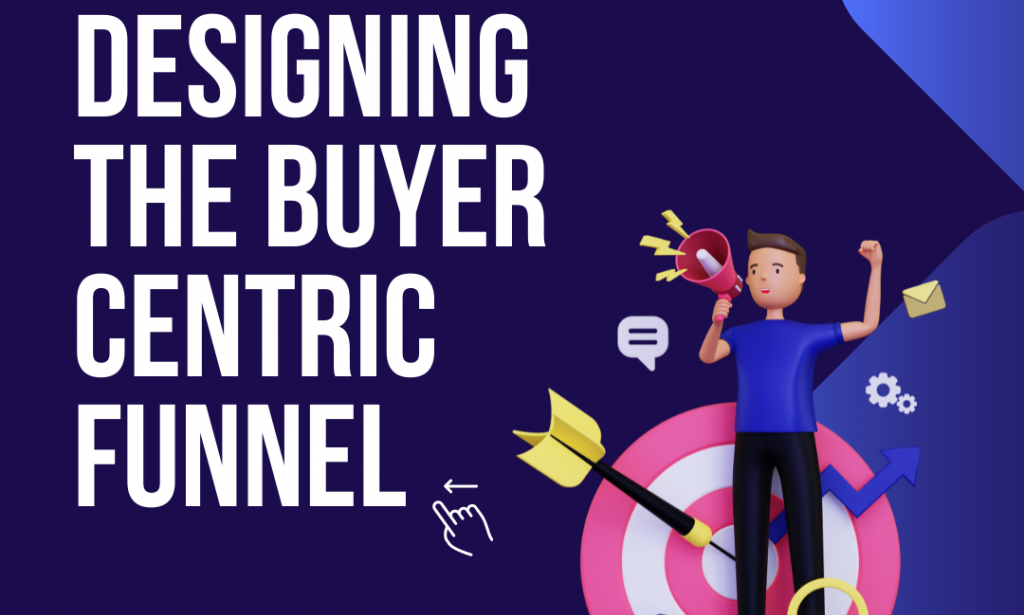Companies nowadays are fighting to win and keep consumers. The value of effective sales funnels cannot be underestimated in these times of fierce competition. It's the journey your customers walk before they make a purchase. Funnels that aren't designed with the client in mind will inevitably fall short. The funnel must be precisely calibrated.
Customers now have more information at their fingertips than ever before, allowing them to compare your company and the services or goods you provide to those of your rivals. However, this indicates that you have a chance to earn their trust early in their journey before they evaluate your competitors.
The following steps build up a customer's decision-making process:
· The Stage of Proper Awareness
· The Stage of Proper Consideration
· The Stage of Making a Decision
It's crucial to understand where a consumer is in their journey to respond to their demands. Sales teams frequently engage customers as if they are at the purchasing stage, which is an issue for many businesses.
As they approach closer to making a purchase choice, the consumer will want answers to a distinct set of questions at each step. The content must produce relevant offers at each stage of the buyer's journey. If consumers feel forced by the inappropriate content offered or the information is useless, they may look elsewhere. However, suppose the content appropriately matches their expectations. In that case, you may be able to earn their business and, as a result, boost each customer's lifetime value when they return for repeat purchases or recommend to others.
The Stage of Proper Awareness (Researching)
In the Proper Awareness Stage, a client will encounter an issue they will explore, but they will not be seeking feasible solutions. They won't be seeking a solution at this point but rather basic information about the issue.
Stage of Proper Consideration (Evaluating)
During the Proper Consideration Stage, a customer is presented with a potential solution to their problem. They're ready to learn about the various products or services available to fix the problem. As a result, they are still weighing the pros and cons of several options before making a final decision.
The Decision-Making Process (Deciding)
When buyers reach the Decision Stage, they have explored all other possibilities for solving their problem and are ready to buy a certain product or service. When consumers reach the Decision Stage, they'll start learning more about the company by reading reviews, testimonials, and videos. Buyers today expect to be well-informed before making a purchase, providing the chance to demonstrate why the product is worthwhile for their business.
The voyage is almost over after the decision-making process. There is still work to be done even after the sale has been completed. It is critical to demonstrate total commitment to the customer in this situation. Having happy customers makes upselling and cross-selling easier and more profitable. To guarantee client success, you must generate appealing content and build a personal relationship with customers throughout the delight stage. Throughout the design and re-design phases, the goal should be to assist potential clients in reaching their 'Wow moment.'
The moment occurs when a potential client discovers something intriguing enough to keep exploring (referred to as 'Mini' Wow) or make a purchase (referred to as 'Full' Wow). A product/service supplier needs to discover how soon a consumer may be taken to their "Wow moment."
Flip the Funnel
The typical sales funnel begins by gathering as many leads as possible. At this phase, the goal is to persuade leads to make a purchase choice. Every day, the competition becomes more intense. It isn't easy to have a competitive edge when clients have so many alternatives and information. Companies will run out of new individuals to contact; therefore, focusing on current consumers becomes critical. This is the best time to "Flip The Funnel."
When the "Funnel is Flipped," less focus is placed on acquiring new clients and more on serving existing clients. Focusing on existing customers will boost customer satisfaction and build supporters for the products, resulting in a low-cost source of new consumers.


You must be logged in to post a comment.